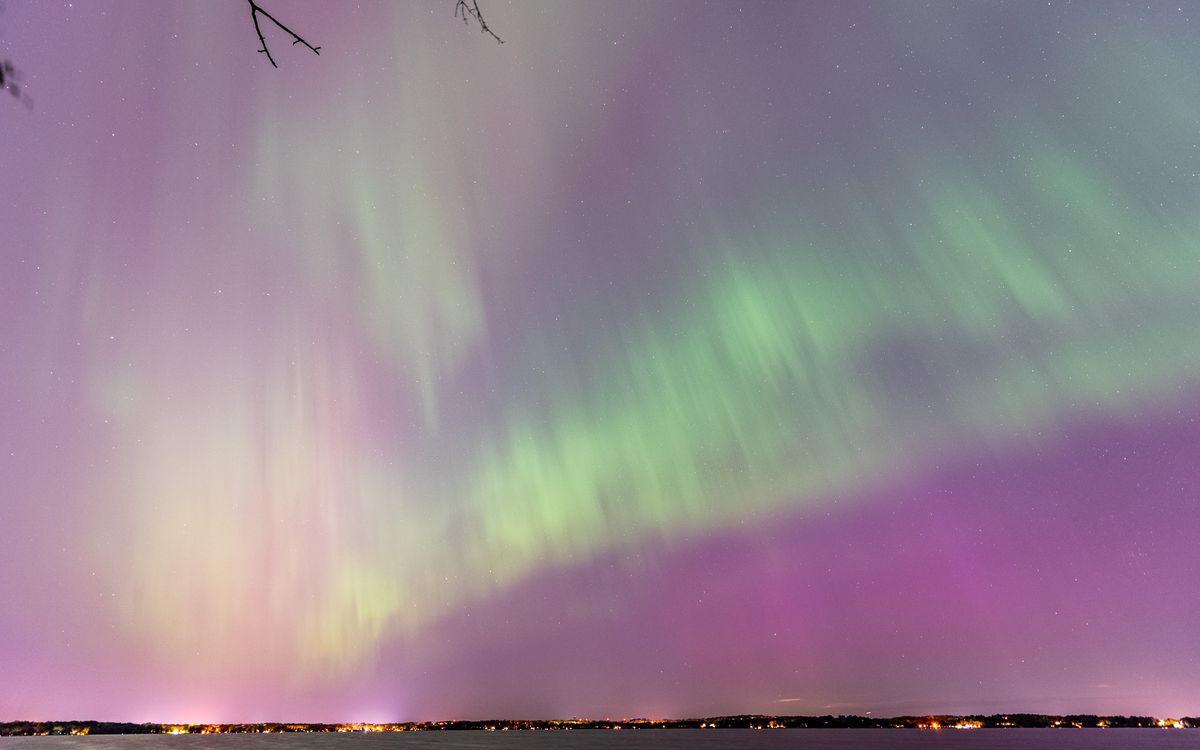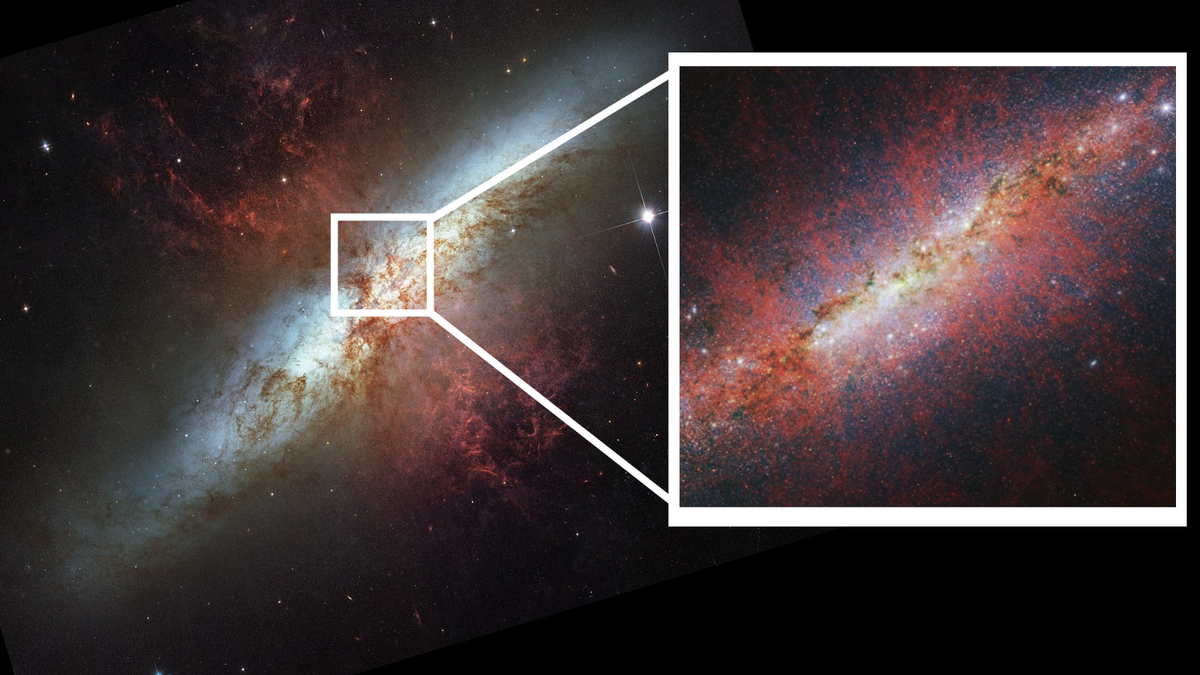Aurora Borealis Spectacular Show Continues
Following a recent powerful solar eruption, skywatchers were treated to a stunning display of the northern lights. A coronal mass ejection (CME) caused by solar activity resulted in an intense geomagnetic storm that illuminated the skies in various parts of the globe, captivating viewers with mesmerizing auroras.
Anticipated Repeat Performance
Another CME launched from the super sunspot region AR3664 is expected to reach Earth, potentially leading to severe to extreme geomagnetic storms. If these conditions persist, it is likely that the northern lights will once again be visible across a significant portion of the northern United States, extending as far south as Alabama and Northern California.
Bil Murtagh, program coordinator for NOAA’s Space Weather Prediction Center, indicated that the upcoming CME could produce significant sky phenomena. The impact of this solar activity is eagerly anticipated, with the possibility of witnessing another spectacular aurora display.
Challenges Posed by Geomagnetic Storms
While enhanced auroras are a delight to witness, extreme geomagnetic storms can have adverse effects. Recent disturbances to power grids and communication systems have been attributed to the geomagnetic activity triggered by the CME. Space scientists from NOAA’s Space Weather Prediction Center highlighted the potential risks associated with these disruptions, urging caution and proactive measures to mitigate the impacts.
For further updates and insights on the aurora activity, interested individuals can refer to the SWPC’s experimental aurora viewline, providing valuable information on the likelihood of observing the northern lights in the United States.
Should you capture any remarkable images or videos of the aurora borealis and wish to share them with Space.com, submissions can be sent to [email protected] along with details of the viewing experience and location for potential feature in a future story.
Image/Photo credit: source url





